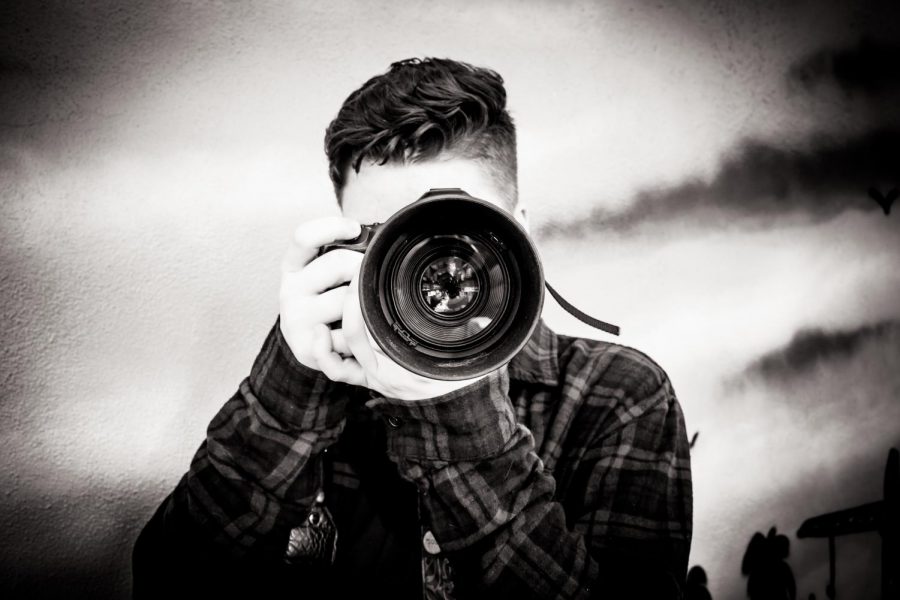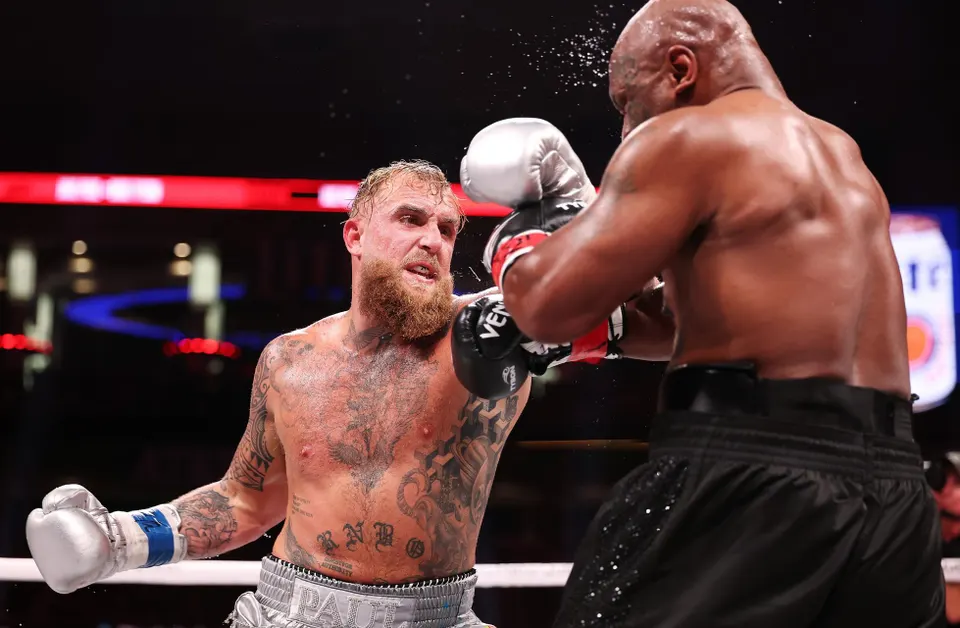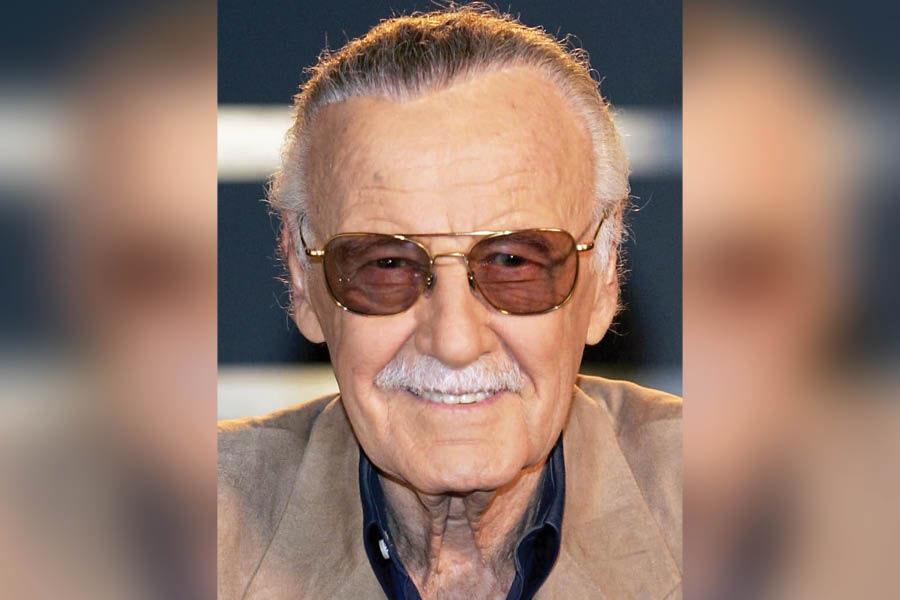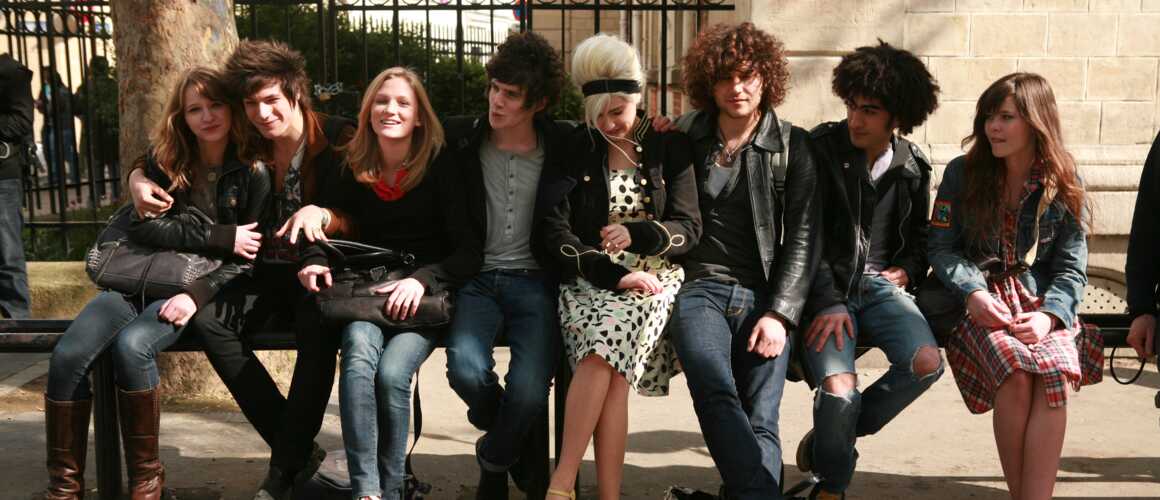AVONDALE-Have you ever seen those awesome and creative snapshots on social media that we all adore? You can do those too! There is no need to have a fancy, expensive DSLR camera. You can create all of these awesome shots with your cell phone camera.
Photography life hacks have grown increasingly popular over the past few years and more ideas keep sprouting. An especially popular one being bokeh. All you will need for this one is some lights, a phone, and if you would like-a cut-out shape on a piece of black paper.
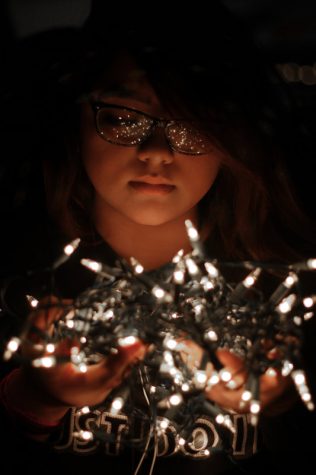
If you chose to have shape bokeh, begin by cutting out a shape on your piece of paper. After you have your desired shape, set up the lights you wish to use. For the last step, have your camera focus through the cut-out shape to create beautiful and elegant bokeh. If you prefer not to have shaped bokeh, holiday lights are a great asset to photography.

Continue to boost that social media aesthetic by using liquid photography. Water droplets on a clear surface, blowing bubbles, and splashing water all make for some beautiful shots.
“Glycerin mixed with water makes perfect water droplets that stick to anything. Also Aluminum foil wrapped over cardboard makes a great reflector,” said Brian Colkitt.
There are many ways to achieve a great photo. Brainstorming and coming up with unique ways to improve your photography skills is very beneficial. With simple props and a cell phone camera (pictured left), you can create breathtaking photos.
So many amazing photos have been taken by newly developed cell phone camera technology. If you were to take a picture with your cellphone a decade ago, you would receive a grainy, and poorly developed photo. Nowadays, however, cell phone cameras are able to take crystal clear, crisp photos almost as good as some DSLR cameras.
“I’m old school so I prefer the DSLR especially when it comes to lens selection, however; the new cellphone camera technology is more than capable of producing professional grade images,” said Brian Colkitt.
Brian Colkitt is a photography teacher here on campus. He has been teaching photography skills and has developed his own photography life hacks over the years. He commonly see’s new photographers making mistakes such as not filling the frame with the subject. However, he has come up with new ways of photography life hacks to teach his students to become better photographers.

“In the dice photograph that I have attached the dice are not moving, they are hot glued to unfolded paperclips and the ends are tucked under the chip stacks to hold the dice in place,” said Brian Colkitt.
Colkitt uses these life hacks in the photography classroom to better the education of his students. Something he is proud of is his dice photography. Pictured (above) reveals the tips and tricks he used during the photo shoot.
Texture is another factor that is super important to staging a great photo. Texture can add on to the aesthetic of a photo. An example of a texture typically used in portraits is lace.
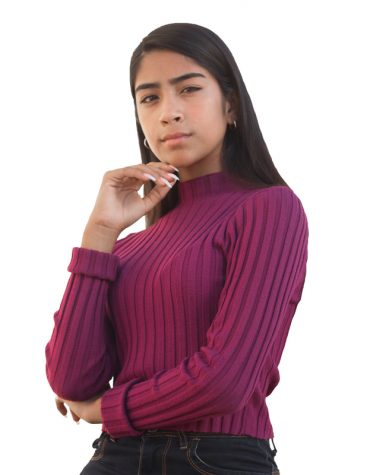
“To add texture you could put water or dirt or something and it can really bring your pictures to life,” said Kayla O’Leary.
Differently textured materials provides a cool toned, elegant element to photos. The photo (pictured right) provides a great example of texture used in photography. The sweater texture provides contrast to the blown out background. Other materials work just as well. Texture is an important element to great photos.
“If you have not paper backdrops, use a blanket, monochromatic bedsheets, or even carpets! It’ll add so much more depth to your work in a pinch,” said Orlando Pelagio.
Working with shadows is also a creative way to add some new and exciting details to a photograph.
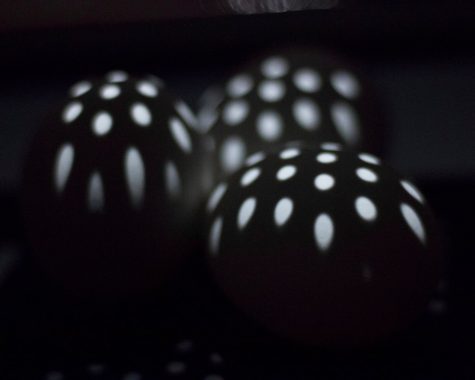
Technology, nowadays, is constantly growing and creating new and amazing things daily. Photographer, Orlando Pelagio, believes creative work is executed greatly through new technology.
“Technology is an ever growing environment, so absolutely yes to camera phones are advancing (a Times Magazine cover has already been shot with an iPhone and Annie Leibovitz is currently shooting on nothing but her Google Pixel) – I personally will always prefer my DSLR and film camera for my bigger jobs, but I’m happy with using my phone’s camera when in a pinch or just traveling,” said Orlando Pelagio.
The art form, photography, can be perceived and created in so many different ways. Everyone has their own preferences and can use what they know to better themselves. Hopefully, these tips and tricks benefited the artistic skills used in the future. Once again, you don’t need a DLSR to create beautiful pieces of art. The best photographers always started out with less equipment.


